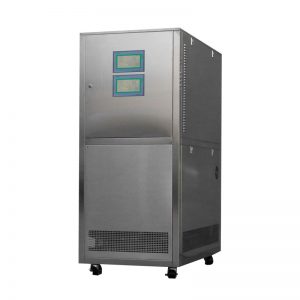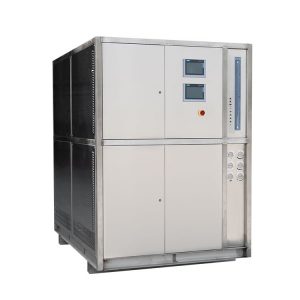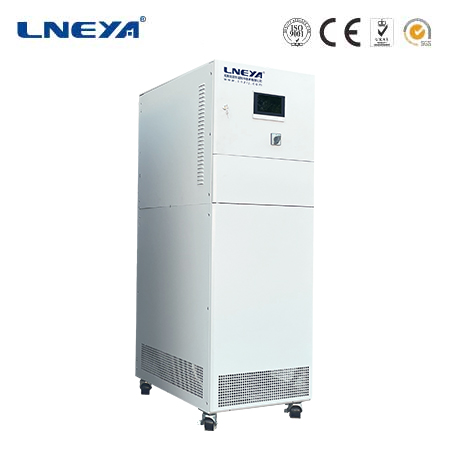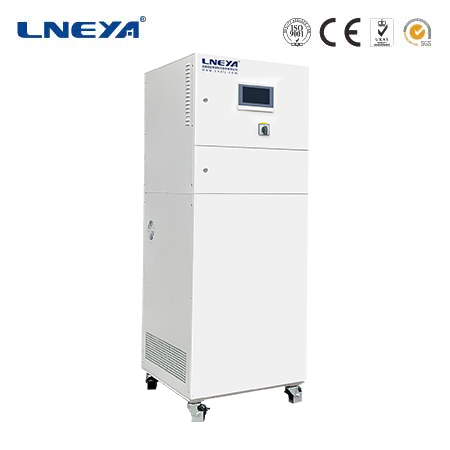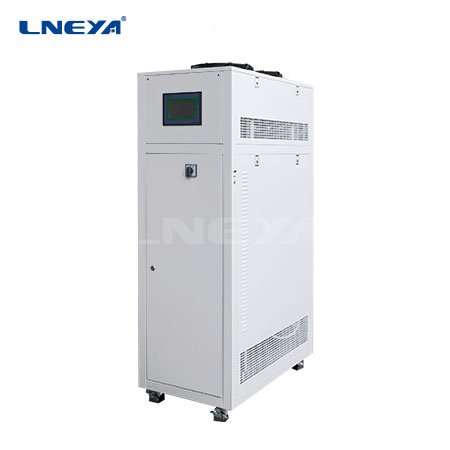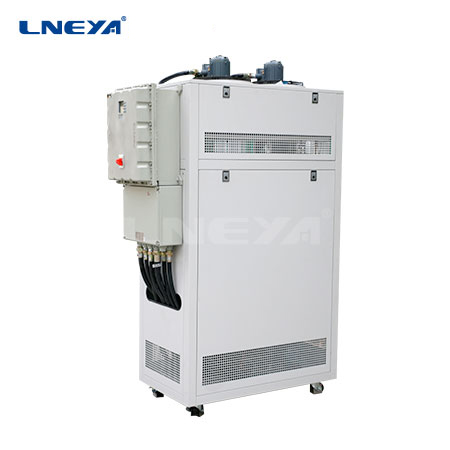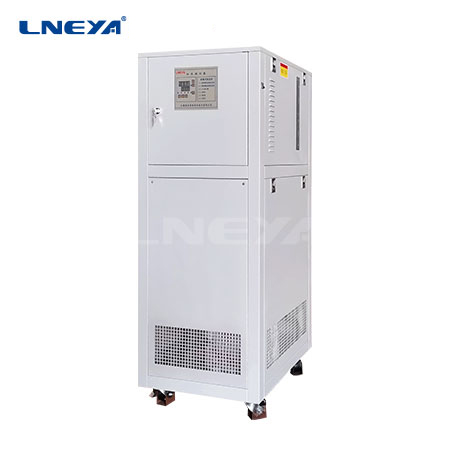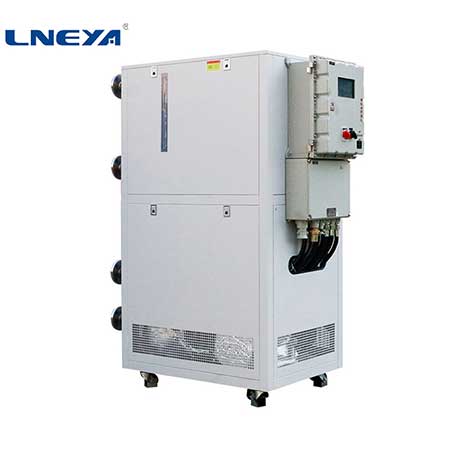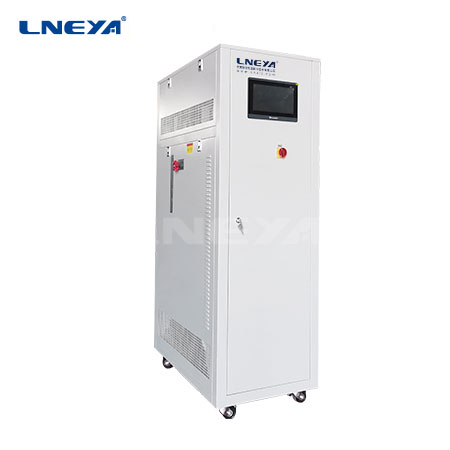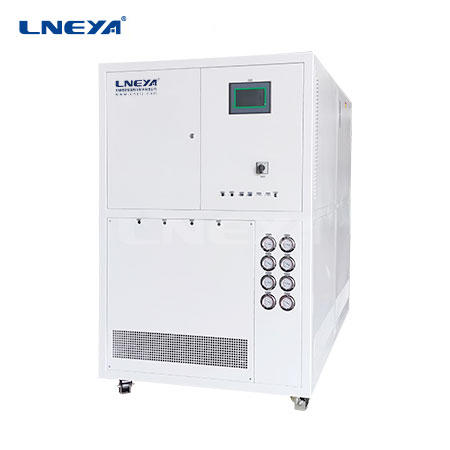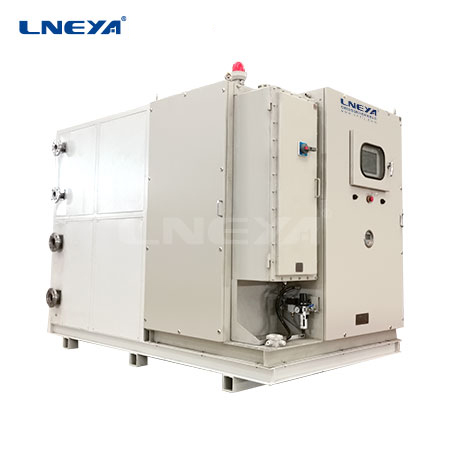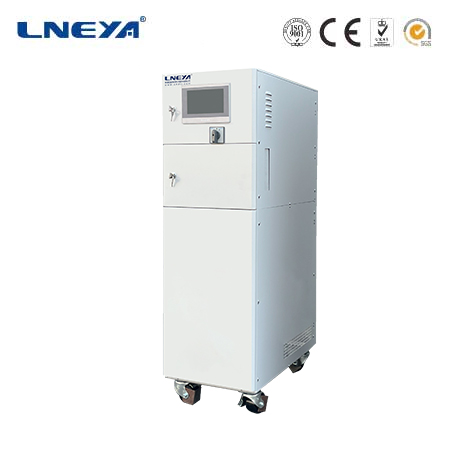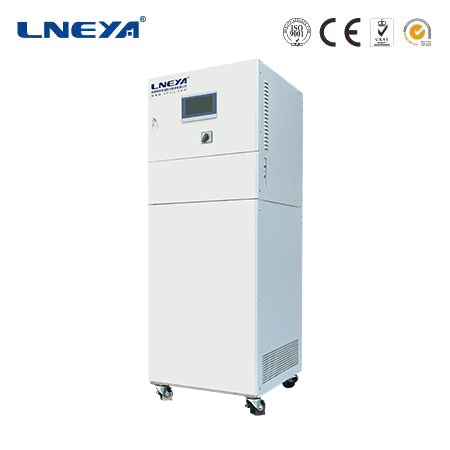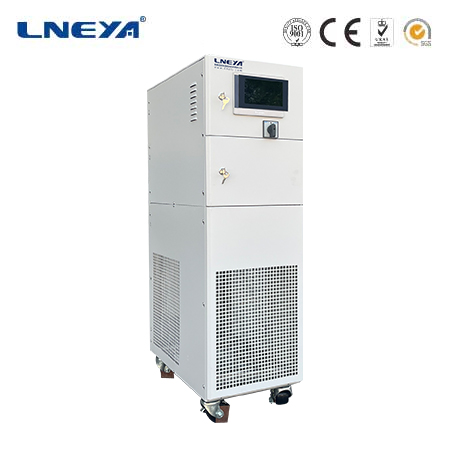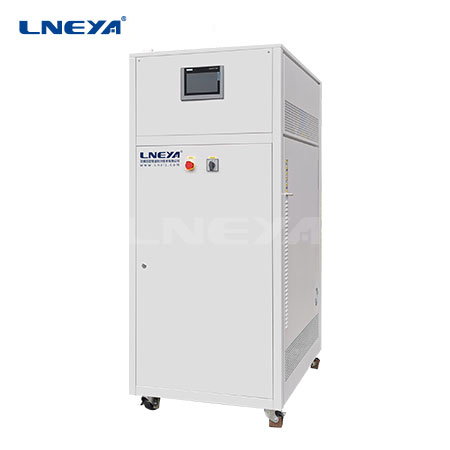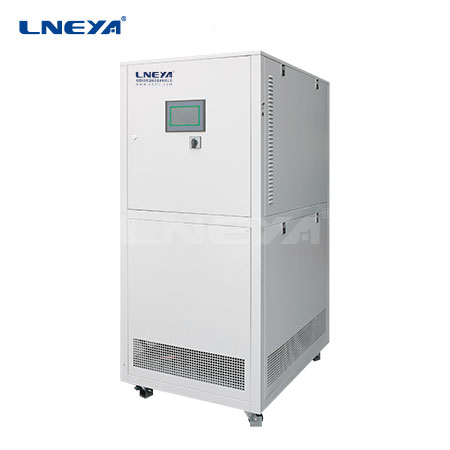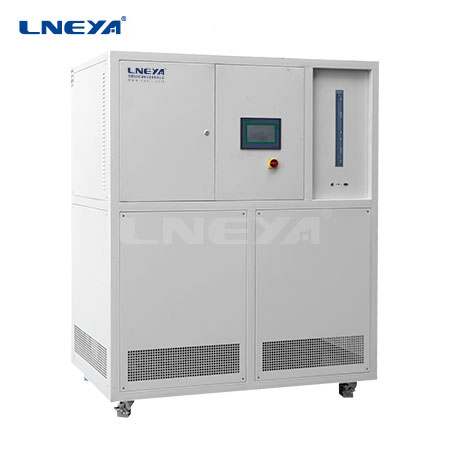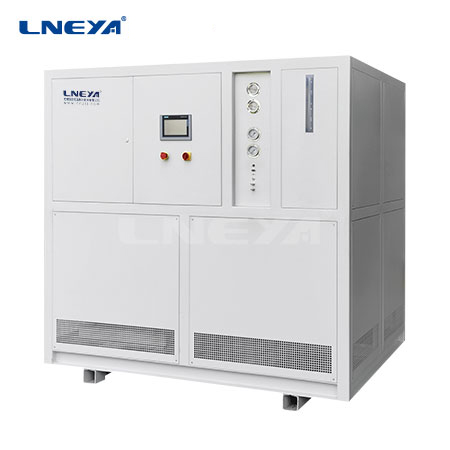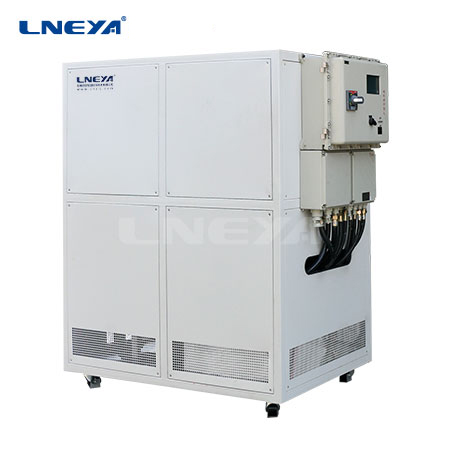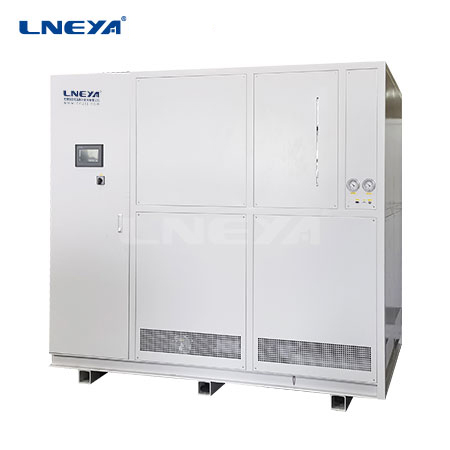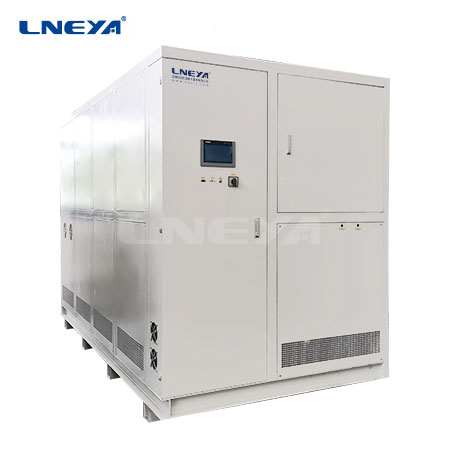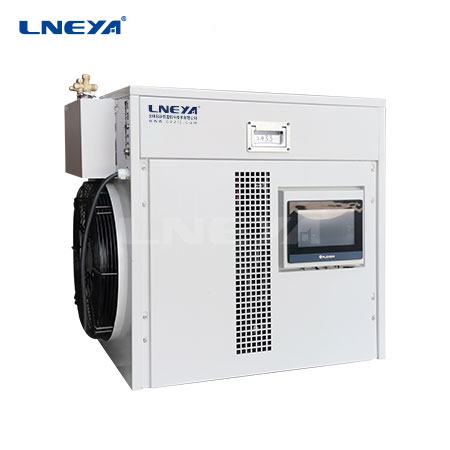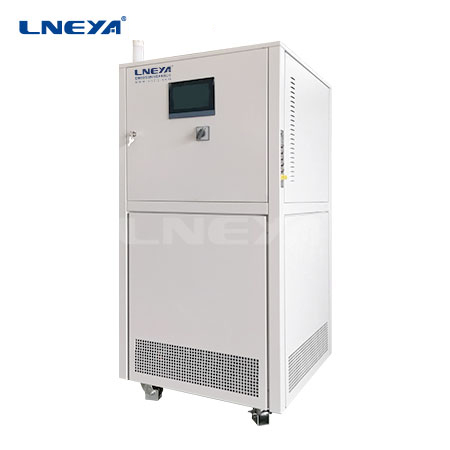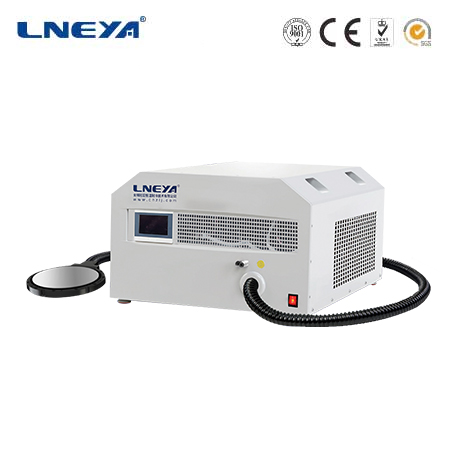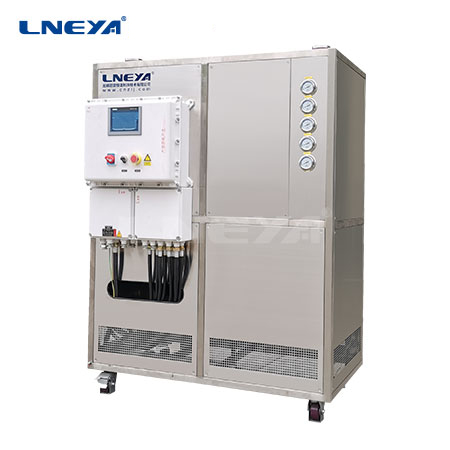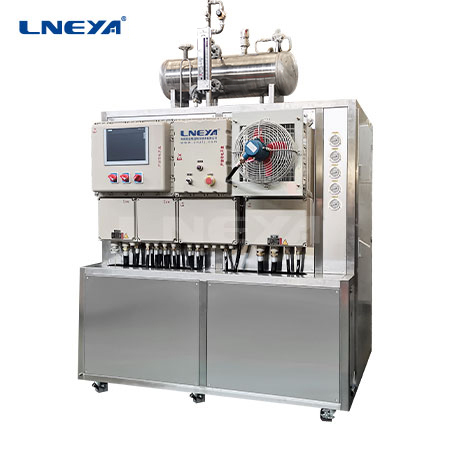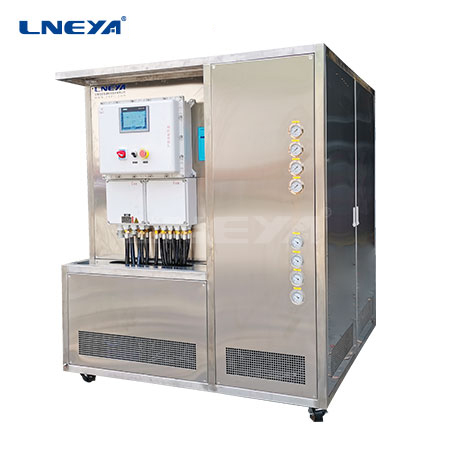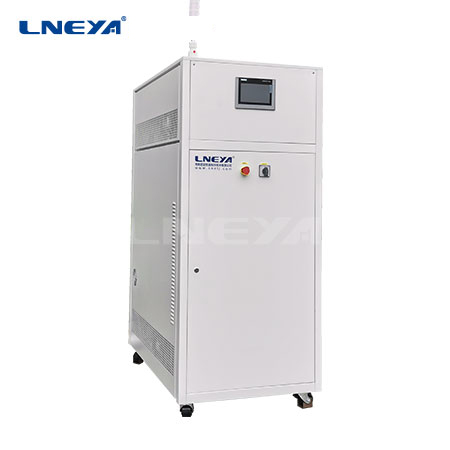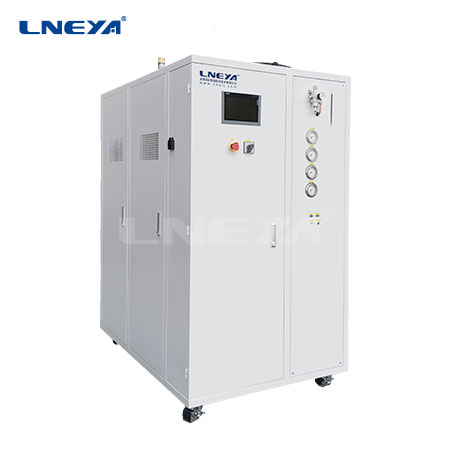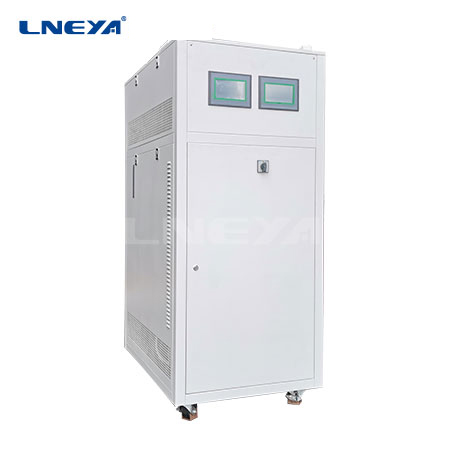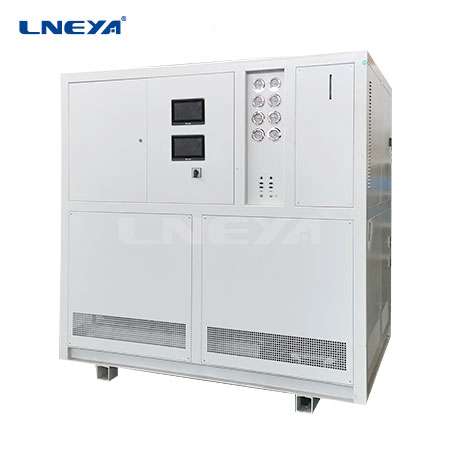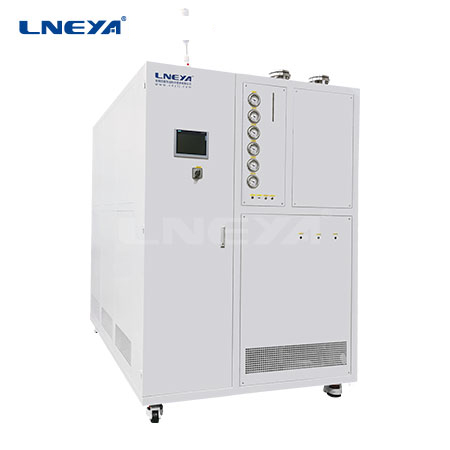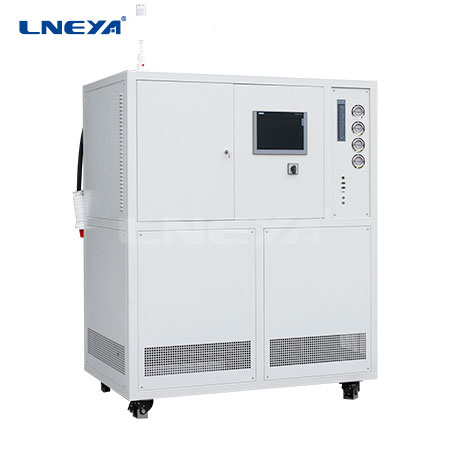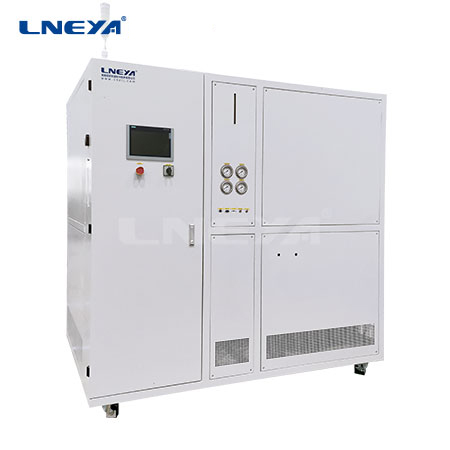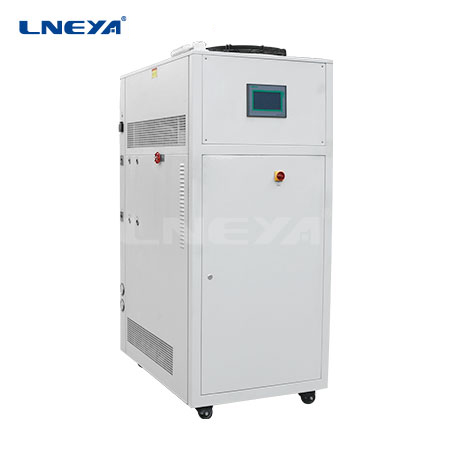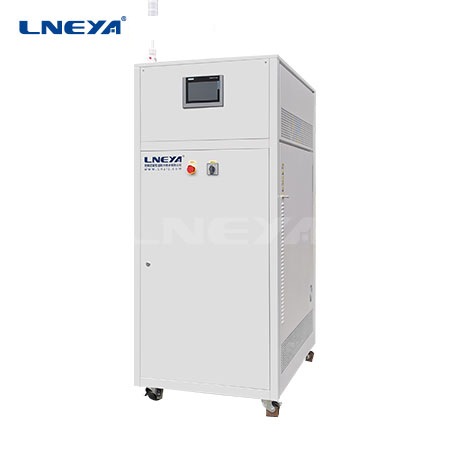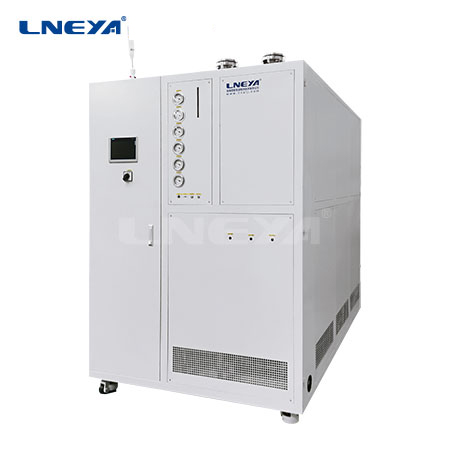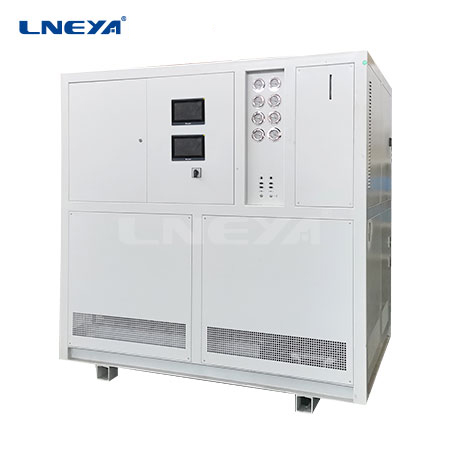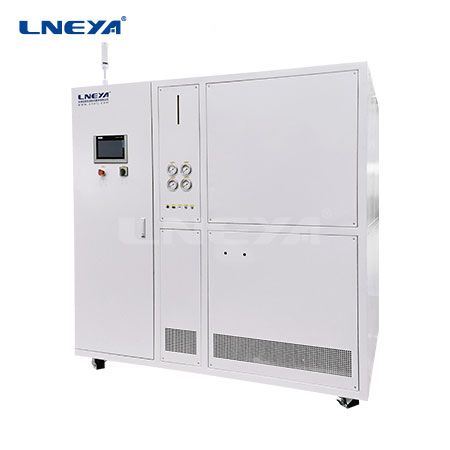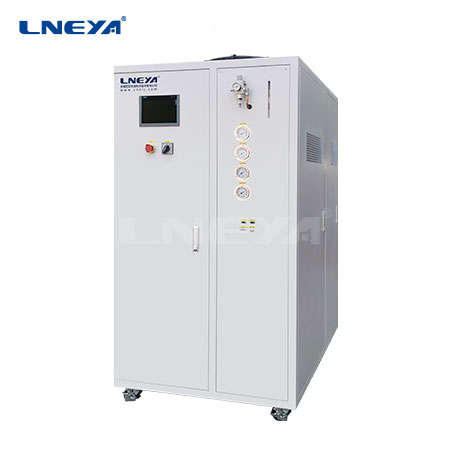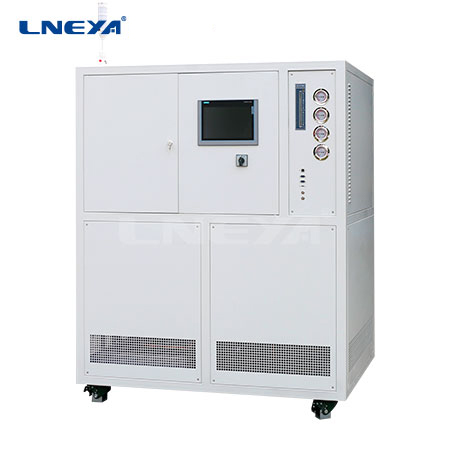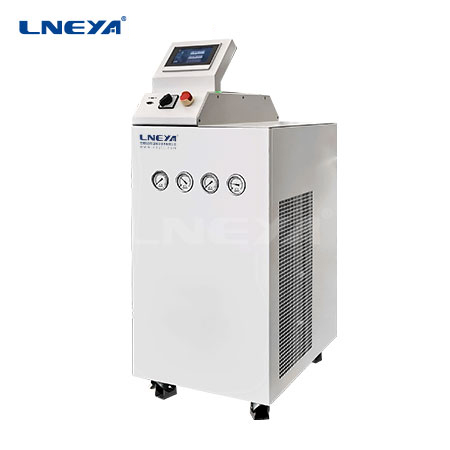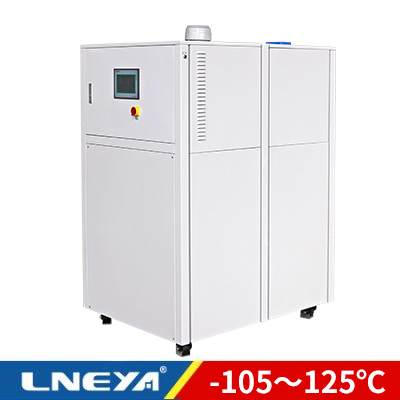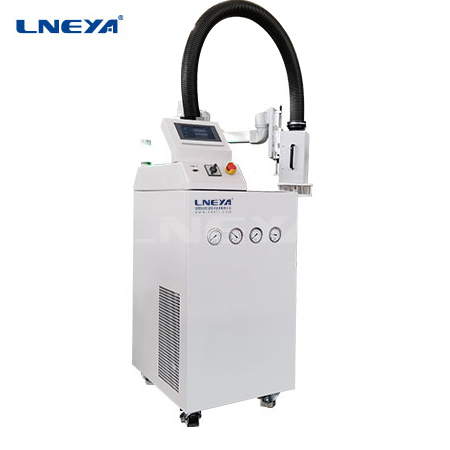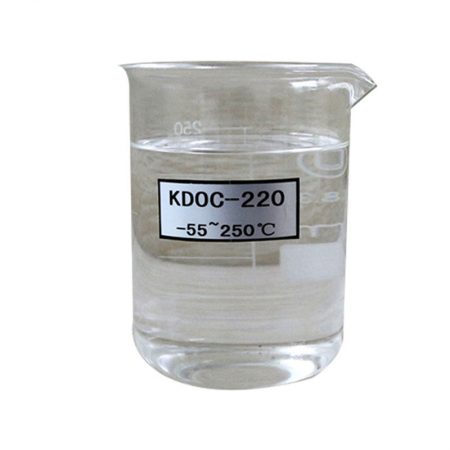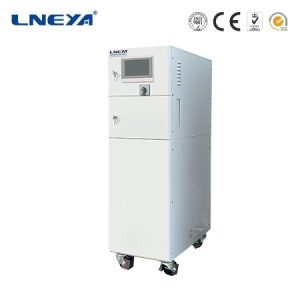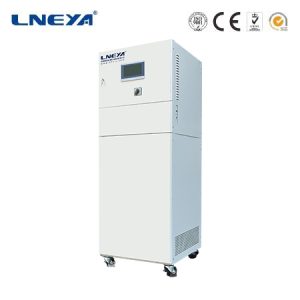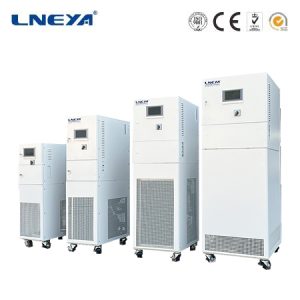Cryogenic Mixed Refrigerant Systems
Contact us today for the perfect temperature control solution
What is the refrigeration principle of cryogenic mixed refrigerant systems?
Mixed refrigerant is a mixture composed of two or more pure refrigerants. According to its thermodynamic characteristics during phase change under constant pressure, there are three types: azeotropic mixed refrigerant, non-azeotropic mixed refrigerant and near-azeotropic mixed refrigerant. Among them, the first two are more commonly used, so what is the principle of mixing refrigerants?
In fact, whether it is a mixed refrigerant or a pure refrigerant, the principle is the same: under certain conditions, the refrigerant is compressed to a certain pressure, then throttled and expanded to produce the Joule-Thomson effect, and then refrigeration can be carried out. In layman’s terms, the refrigerant has a low boiling point at normal temperature and pressure. It can be used as a working medium to undergo physical changes of absorbing and releasing heat inside the refrigeration system, and achieves the refrigeration effect by absorbing heat.
Refrigerant can realize mutual conversion between gaseous and liquid states in the refrigeration system. The specific working process is: the compressor compresses the gaseous refrigerant sucked into the low-pressure end into high-temperature and high-pressure gaseous refrigerant, and discharges it through the high-pressure end to the condenser for heat dissipation, forming a liquid state. The refrigerant is then sent to the expansion throttle valve through the dry filter and enters the evaporator in a liquid state. It evaporates through the evaporator, turns into a gaseous state and absorbs a large amount of heat, and then enters the compressor. This repeated cycle produces a cooling effect.
The reason why mixed refrigerants are better than pure refrigerants is that pure refrigerants have limitations in variety and properties, while mixed refrigerants can modulate the properties of the refrigerant to expand the choice of refrigerants and have a higher degree of freedom.

Advantages and disadvantages of cryogenic mixed refrigerant systems
Mixed refrigerants circulate in the refrigeration system to achieve good refrigeration effects and are widely used in major refrigeration systems. As a new type of refrigeration fluid, mixed refrigerants have obvious advantages and disadvantages.
1. Advantages of mixed refrigerants
(1) The mixed refrigerant is a mixture, and its endothermic boiling process is a temperature change process, which makes the heat transfer temperature difference between the hot flow and the cold flow in the heat exchanger always low, so the refrigeration efficiency is high.
(2) Pure refrigerants have a limited scope of application, while mixed refrigerants can adapt the process to changes in production conditions by adjusting the components of the mixed refrigerants.
2. Disadvantages of mixed refrigerants
The main disadvantage of mixed refrigerants is that the mixed refrigerants need to be evenly distributed in the heat exchanger to achieve appropriate heat exchange. The conditions for use of mixed refrigerants are more complicated than those of pure refrigerants. However, in general, mixed refrigerants are still It is a major trend in the development of refrigerants.
Email: info@lneya.com WeChat ID: +8615251628237 WhatsApp: +86 17851209193
 Precision Chillers / Small Chillers
Precision Chillers / Small Chillers
The chiller can be widely used in various industries and laboratories, and supports customized design.
| Temperature range | -18°C ~ +30°C | +5°C ~ +35°C series |
| Cooling Capacity | 0.35 ~ 0.9kW | 1.8 ~ 50kW |

Recirculating Chillers
Our recirculating chiller adopts low-temperature refrigeration technology, the temperature is as low as -120℃, and various accessories are customizable.
| Temperature range | -25°C ~ +30°C series | -45°C ~ +30°C series | -60°C ~ -20°C series | -80°C ~ -20°C series | -120°C ~ -70°C series |
| Cooling Capacity | 0.8 ~ 30kW | 0.75 ~ 12kW | 0.4 ~ 6kW | 0.2 ~ 6kW | 0.3 ~ 5kW |

Low Temperature Chillers
We specialize in the production of low-temperature chillers with a temperature control range as low as -150°C, which can meet the refrigeration needs of different industries.
| Temperature range | -25°C ~ -5°C series | -45°C ~ -10°C series | -60°C ~ -10°C series | -80°C ~ -30°C series | -110°C ~ -50°C series | -150°C ~ -110°C series |
| Cooling Capacity | 12 ~ 360kW | 6 ~ 180kW | 6 ~ 180kW | 4 ~ 180kW | 2 ~ 120kW | 2.5 ~ 11kW |
Temperature simulation for vehicle quality test: battery life test, fuel injector/motor test bench, airbag test, component test bench, etc.

Suitable for precise temperature control of electronic components. In the manufacture of semiconductor electronic components for harsh environments, the IC packaging assembly and engineering and production testing phases include electronic thermal testing and other environmental testing simulations.

Liquid Cooling For Battery Energy Storage Systems
| Types | For Converting Station | For Energy Storage Battery | For Charging Station |
| Cooling Capacity | 45kW | 5 ~ 8.5kW | 4kW |

ZLFQ Series
Coolant Distribution Unit
Liquid cooling equipment is suitable for semiconductor testing, electronic equipment constant temperature testing, cooling server supporting infrastructure, and other fluid temperature control places.
| Temperature range | +5°C ~ +35°C | +5°C ~ +35°C |
| Cooling Capacity | 15 ~ 150kW | 200 ~ 500kW |

MD Thermal Chucks Series
It is used for testing RF devices and high-density power devices (IGBTs and MOSFETs), and can also be used for rapid cooling of laboratory flat panels (plasma, biological products, batteries), etc.
| Temperature range | -75°C ~ +225°C |
| Temperature accuracy | ±0.1℃ |

Screw Chillers (Custom Designs)
Low temperature screw chillers and room temperature screw chillers
| Temperature range | +5°C ~ +30°C | +5°C ~ +30°C | +5°C ~ +30°C | +5°C ~ +30°C | -25°C ~ +5°C | -25°C ~ +5°C |
| Cooling Capacity | 107 ~ 1027kW (Single Compressor) | 299 ~ 2134kW (Dual Compressor) | 98 ~ 934kW (Single Compressor) | 272 ~ 1940kW (Dual Compressor) | 48 ~ 467kW (Single Compressor) | 51 ~ 497kW (Single Compressor) |
 LNEYA
LNEYA
 简体中文
简体中文










